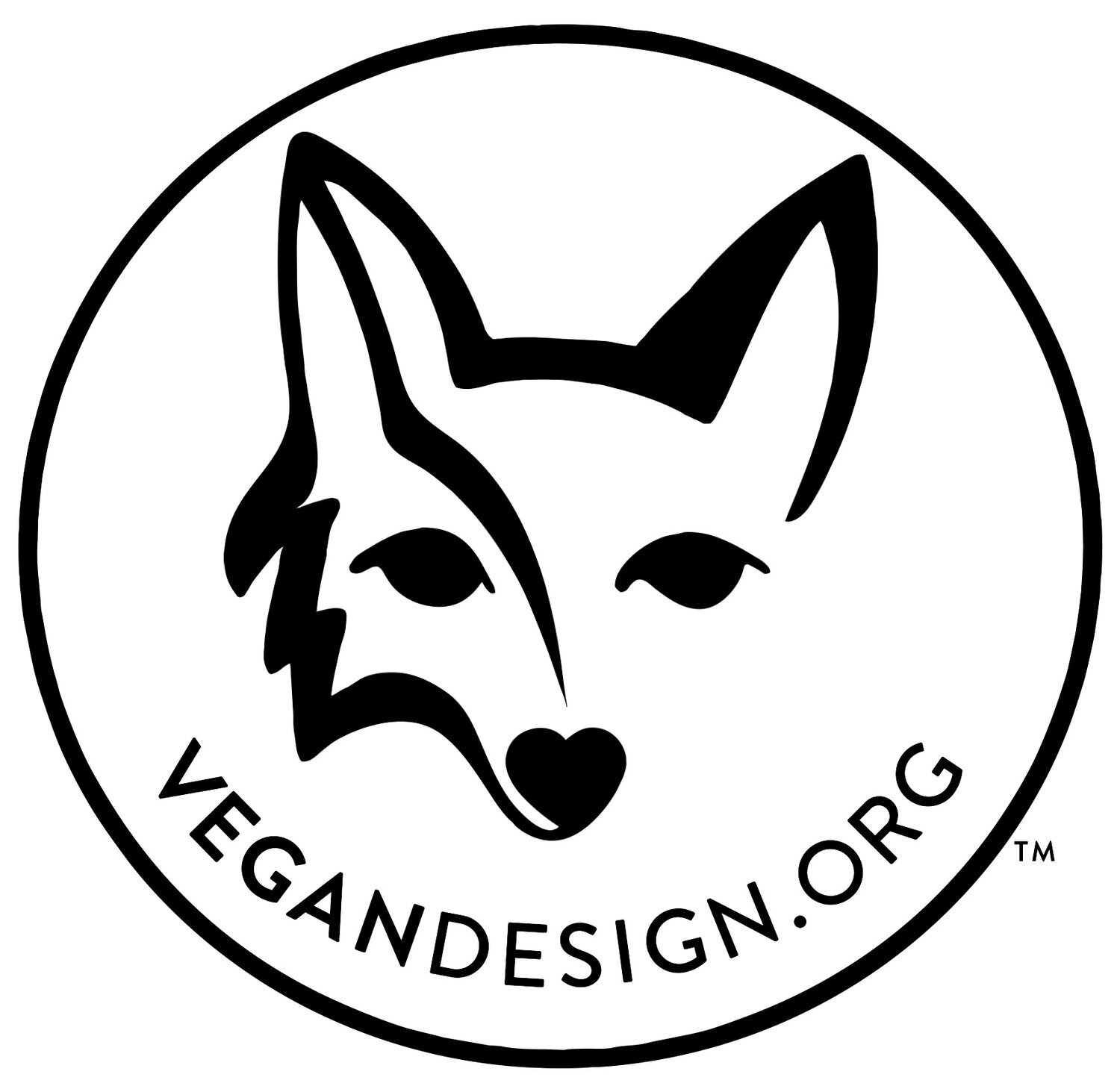How to Create a Non Toxic, Cruelty Free Nursery
How To Create A Health Driven, Animal Free Nursery
Vegan Architecture and Design
The rapid growth of the vegan food movement led people to question other aspects of their life that contributed to animal cruelty. This started with the clothes we wear including our cashmere sweaters and silk scarves and then to the furnishings in our homes. Our generation is also more invested in climate change and we have realized that we need to make healthier choices based on sustainability. A vegan home reflects who you are and contributes to a better world as it ensures that your personal space is free of materials that contain animal products. Your baby’s safe nursery will help your child develop in a healthy environment that promotes living in harmony with animals instead of exploiting them.
How to Create a Vegan Nursery
1. Do Your Research
A product may appear vegan at first glance but beeswax or animal products may be used in the finishing process. In most cases, the only way to ensure that a product is actually vegan is to make an inquiry with the manufacturer. Furthermore, just because a material is vegan, it doesn’t necessarily mean that it is healthy. Low-quality man-made materials such as cheap leathers are made from synthetic materials that contain toxic chemicals. It’s important to research all the materials that you plan to use in your baby’s nursery as there are plenty of non-toxic materials that are safe for indoor use, you just need to look for them.
2. Look for Vegan Alternatives
It’s hard to imagine a nursery without a leather rocker, woolen blankets or down pillows but the good news is that you don’t have to because there are plenty of vegan alternatives. Here are a few substitutions you can make in your baby’s vegan nursery:
Choose Vegan, Cruelty-Free Paints
We rarely associate paint with animal products but some paints contain milk casein, ox gall or beeswax. Some paints are even tested on animals. When choosing paint for your baby’s nursery, don’t assume that the “eco-friendly” label on the can means that it is cruelty-free or even vegan. Look for a cruelty-free vegan paint as this indicates that no animal products were used in the manufacturing process and that it was not tested on animals. Some of these paints also have zero or low emissions and are asthma and allergy-friendly.
Choose a Soy Fiber Comforter Instead of a Woolen Blanket
Soybean fiber is made from the hulls of soy beans and is often known as “vegan cashmere”. This eco-friendly fabric is free of petrochemicals and offers the comfort of cashmere, the softness of silk and the durability of cotton. Other vegan alternatives for wool include bamboo silk, organic cotton, hemp fabric and lyocell fabric that is made from wood pulp.
Use Kapok Instead of Down Pillows
Kapok is a cotton-like material that is produced by the Kapok tree. Kapok is sometimes referred to as silk cotton on account of its soft and fluffy texture. This is a 100% natural fiber that is non-toxic and chemical-free which makes it ideal for your baby’s pillow. Some of the other alternatives for down include soy-foam and buckwheat hulls. A baby pillow made from hypoallergenic cotton is also a good option since it is easily available.
Buy Chairs or Rockers Made with Faux Leather
The most commonly used material for synthetic leather is polyurethane which is a plastic-based material. However, this material is not the ideal choice due to the hazardous toxins that are released during the manufacturing process. Instead, you can choose from a variety of eco-friendly faux leather options that are made from materials such as cork or kelp. Pinatex has become a popular choice as it is a natural leather alternative that is made from cellulose fibres in pineapple leaves.
3. Work with a Designer Certified in a Sustainable Interior Design Specialty
DIY home projects have become very popular but that’s because most people think that hiring a designer will cost an arm and a leg. This couldn’t be further from the truth as a good designer will help to create a space that reflects your vision while preventing costly mistakes that amateurs often make. Furthermore, a knowledgeable interior designer will be able to get you trade discounts and inexpensive yet high-quality vendors which will help you stick to your budget. When creating a vegan nursery for your little one, working with a designer certified in cruelty free design is your best bet as this will ensure that this space reflects your family values.
Before you start work on your baby’s nursery, calculate your due date and get estimated timelines from your designer so that the work is completed well before your baby arrives. Keep in mind that there may be unexpected delays in the work so it’s better to start early. Your baby’s nursery should be completed at least a week in advance so that there is adequate time for odors to dissipate as newborns have a highly developed sense of smell.
🌸In case you missed it.
Learn to Design Your Baby’s Nursery or Child’s Room With Deborah & Other Experts. 2 Hours Online
All About Soap with Lisa Bronner of Dr. Bronner Soaps
DIY Sensory Playrooms in The Tiniest of Spaces
Join our Facebook Group “Design for a Healthy & Humane Home”


